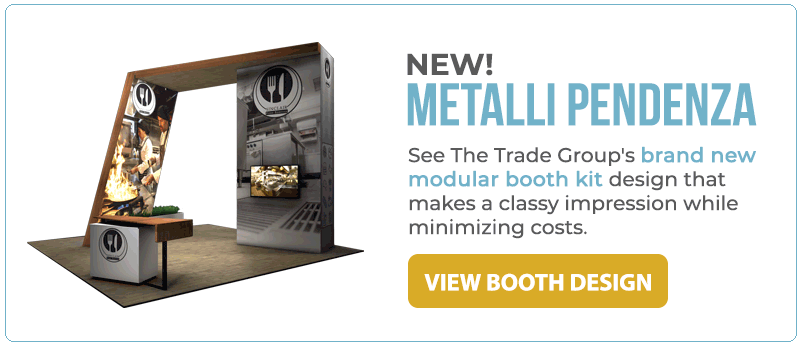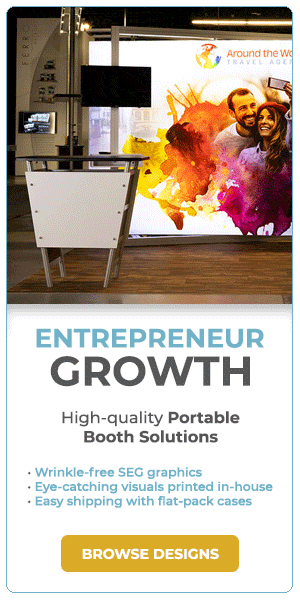“You’re a kite dancing in a hurricane, Mr. Bond.”
That’s how many mid-market, emerging brands navigating an overcrowded marketplace feel like. If you’re among the group of kites mercilessly tossed about, take heart. This classic review of Positioning by Al Ries and Jack Trout will give you a fresh start in calm waters.
What is Positioning?
On a basic level, positioning is a strategy for being heard in a noisy world. However, that strategy is not simply turning up the volume. When you yell, people tend to shut down and leave the conversation. Instead, positioning is about speaking in a way that relates to what people already know so they will listen.
A Brief History of Positioning
In the 70s, when positioning burst on the scene, advertisers and marketers shifted their language. Products and services were no longer described as being the “first,” “best” or “finest.” Instead of superlatives, they used comparatives. The most famous example is Avis:
“Avis is only no. 2 in rent-a-cars, so why go with us? We try harder.”
The Avis ad is one of the greatest campaigns of the latter half of the 20th century. One reason for the campaign’s success is that it matches prior knowledge and experience in the minds of the readers. The ad shows that, as a brand, Avis understands it’s position in the marketplace by comparing itself to the leading rent-a-car company.
The result of this positioning tactic is Avis giving Hertz a run for its money.
Core Concepts
Ries & Trout are fun to read if you love strategizing. The key takeaways:
Marketing is a battle for the mind
The first two chapters stress this point. Because the world is so noisy and distracted, catching the attention of consumers is second to the battle for their mind. Of course, catching their attention is a good start, but if it doesn’t penetrate the gray matter between the ears, then it’s no use.
The fastest way to win the prospects mind is to get there first. A fun exercise can be done to prove the importance of this principle.
- Who was the first person to walk on the moon?
- Now who was the second?
- What’s the tallest mountain in the world?
- Now what’s the second tallest mountain?
- Who was the first to create a touch screen smart phone?
- Now who was the second?
If you’re not first in a category, then you have a positioning problem. When you do become first, you have the opportunity for your name to stand in as a category. For example, Kleenex is synonymous with tissue. Some people are conditioned to say Kleenex instead of tissue.
According to Ries & Trout, if you’re not first, then you have a positioning problem.
Marketing is not about changing minds
This is important to note given the last concept. We are inclined to think we are much more persuasive than we are, especially when it comes to the written word.
But once a mind is made up, it’s almost impossible to change it. But that’s why using positioning as a strategy is so effective. You start with what’s already in the prospects mind and go from there.
For example, if you’re in B2B and are targeting a prospect who uses a competitor’s services or products, you’re better off contrasting your capabilities against your competitors. In some cases, this is nothing more than your unique value proposition (UVP).
In other cases, it’s more complex.
Create a new category
How does a computer company in the 80s compete with IBM?
Ries & Trout offer this advice. “A better strategy for IBM’s competitors would be to take advantage of whatever positions they already own in the minds of their prospects and then relate them to a new position in computers.”
A modern example would be how Amazon’s Alexa competed with Apple’s Siri for the most used voice recognition software. Siri came out with the iPhone–the first “smart phone.” So what did Amazon do? They used voice recognition software in a new way by creating a new category–the “smart speaker.”
Repositioning
Sometimes it’s impossible to invent a new category. That’s when you must reposition the competition. One of the most effective ways to do this is to debunk an old idea.
A modern-day example of this is Dude Wipes. A sub-category already existed under toilet paper with wipes. But most people still use dry toilet paper. And the minority who don’t, use Cottonelle and are women.
Dude wipes is repositioning wipes by trying to overturn an old idea (paper is best for the bum). Their argument goes like this. If you had crap on your face, would you use a dry towel to wipe it off? No, you’re going to use water, soap and possibly bleach. Why would you not do the same for your bum?
Positioning: Benefits
Positioning has sometimes been referred to as a communication book, though its subject is marketing and advertising. I recommend this book for…
- Event Coordinators/Directors
- Entrepreneurs
- Business-to-business companies
- Marketing
- Advertising
- Copywriting
- Speakers
The value of this book is in its principles, most of which are still applicable today. You can expect this book to
- Show you how to name your product
- Strengthen your communication skills
- Help you understand what your prospects are thinking
- Give you fresh, strategic ideas for your campaigns
Positioning: Criticism
The newest edition was released in 2001… which means it’s lacking fresh examples. However, the examples they have are really stories with a moral. In other words, the principles remain the same, but the method for applying the principles changes.
After 40 years, does Positioning still work?
According to the authors, the only way to cut through our “overcommunicated society” is “to be selective, to concentrate on narrow targets, to practice segmentation,” (Positioning, 6).
Segmentation is a by-word among today’s marketers. But how does positioning apply in the world of social media and internet where segmentation requires technical skill and effort?
I think in much the same way. We have the added benefit of using digital tools to search and learn more about our prospects than ever before.
In the realm of trade shows, positioning happens in real time on the show floor. Crafting a message that clearly defines your unique value proposition is of the utmost importance.
The Trade Group is a full-service trade show and event marketing company. We will work with you to create an exhibit or an event that brings in leads and helps you achieve your business goals. Contact us here or give us a call at (800) 343-2005.




